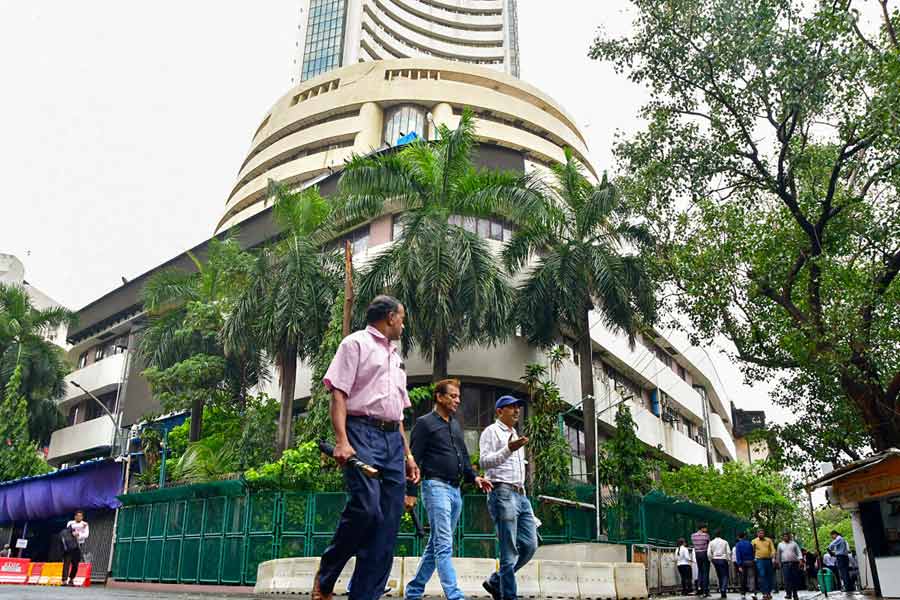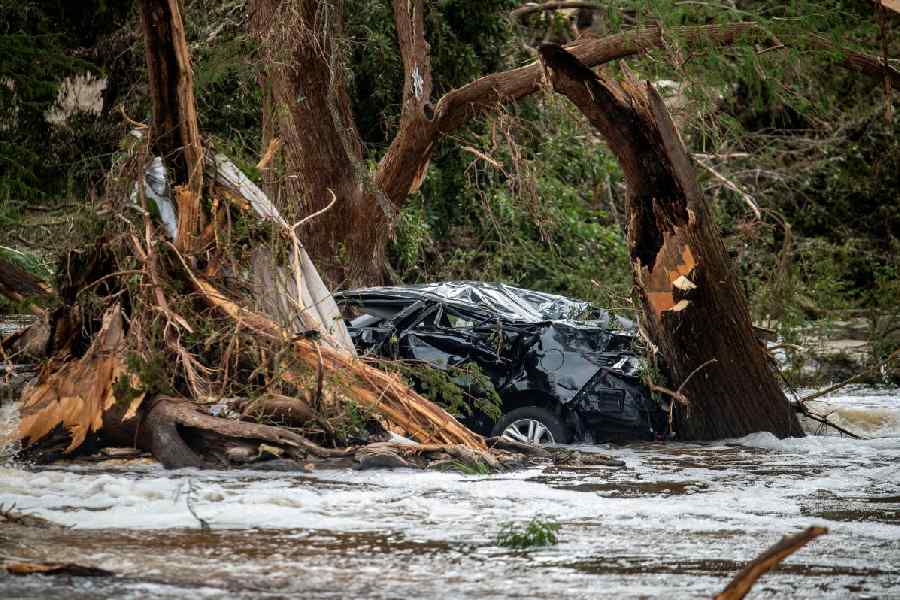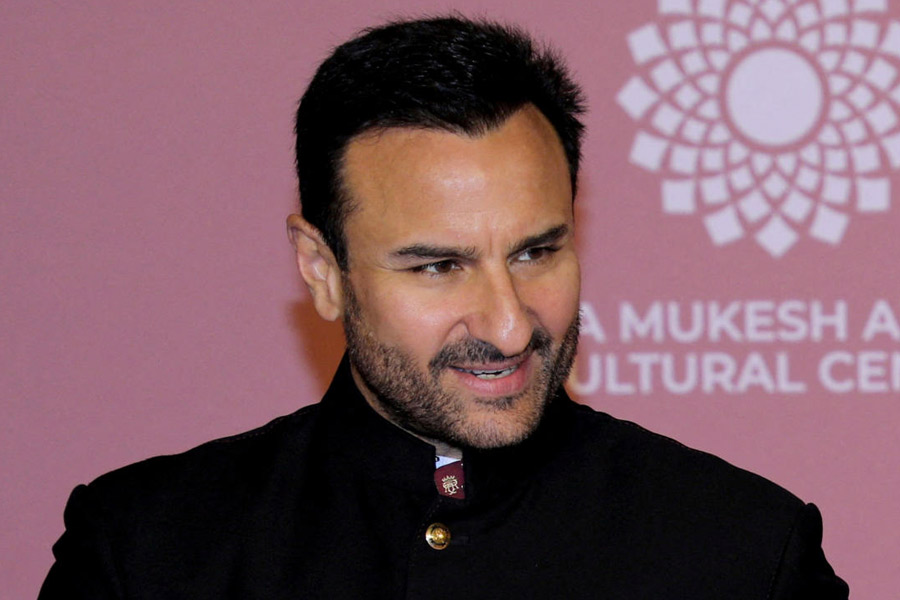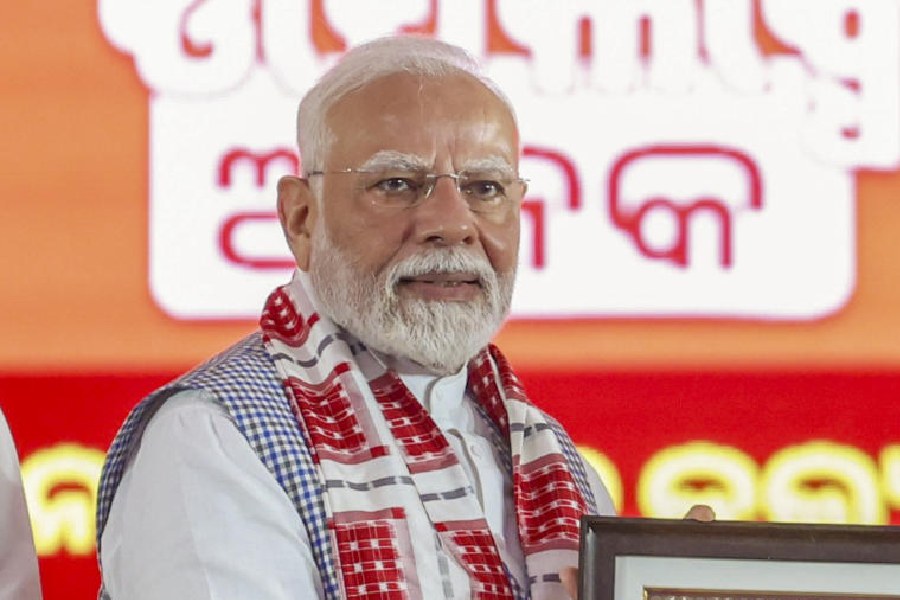When one-year-old Pankaj Singh, son of a security watchman, was brought to the Bhagirathi Neotia Woman & Child Care Centre for treatment of jaundice, he was totally yellow and extremely critical, as doctors suspected even mild cirrhosis had set in.
His parents had been ferrying the sick child from one hospital to another, spending loads of scarce money on investigation and treatment. But there was no improvement in Pankaj’s condition. After he was admitted in the free ward of the Bhagirathi Neotia hospital, doctors found out that the child did have jaundice, but ultrasonography revealed that the main problem was a choledocal cyst he had in his abdomen.
“It was obstructive jaundice, and not a congenital problem, as most thought. The cyst led to a dilation of the common bile duct, causing the obstruction, and because of the unrelieved obstruction, the liver was very hard. The child was really sinking,” recalls Chandan Ray, consultant paediatrician at the hospital, who first recognised the condition and readied a team, led by consultant paediatric surgeon Ishika Sharon Ghosh, for an early operation.
“Although high jaundice made him a very high surgical risk, more so since the child was only a year old and very frail because of the jaundice and dietary restrictions, we didn’t have a choice, since medication alone wouldn’t have cleared the obstruction,” Ray says.
In the three-hour operation, the dilated portion of the bile duct and the gall bladder was removed, and the remainder of the bile duct joined with the intestine. Recovery was uneventful and the child was discharged in a week. “This is the third such case I have operated on recently, and the first at the Neotia hospital, where the inherent cleanliness hugely cuts down the risk of post-operative infection,” observes Ghosh.
She thinks Pankaj should be fine, “at least in the short term, but usually, such patients require life-long follow-up”. Ray agrees that the incidence of choledocal cyst is relatively common, but stresses that a basic ultrasound usually recognises the condition. “Yes, it’s a very real problem, certainly not a footnote,” he says.
Although the child has made excellent progress till now, late diagnosis of the problem might still have long-standing repercussions on the liver and the overall health of the child, feel doctors at the super-speciality woman and child hospital. “But the case signifies to the public that we are extremely committed to the area of paediatric surgery,” emphasises Ghosh.










